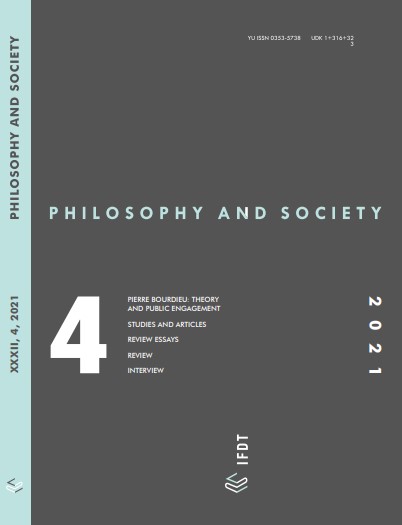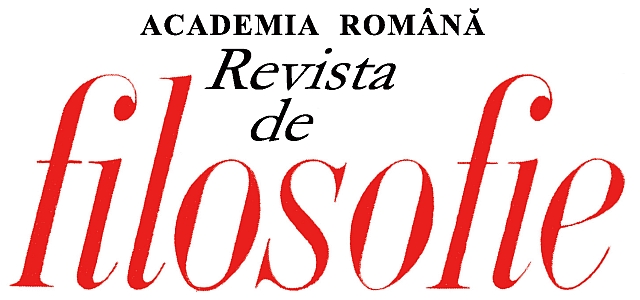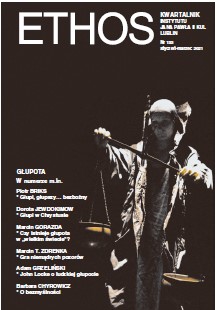Author(s): Eugeniu Nistor / Language(s): Romanian
Issue: 25/2018
Criticizing the theories about the genesis of the world, certain viewpoints of ancient, medieval and modern thinkers from Plato to Herbart are analyzed in detail. Lucian Blaga proves to be even more critical in his Anthropological Aspects (1948), where he starts, however, by giving Darwin right, but introducing the distinction between „horizontal evolution”, in which „adaptation” is replaced by „specialization”, and „vertical evolution” to „superior constitutional types.” On the most advanced level stands man, who goes through different stages, being, in turn: a hunter, a harvester, a cultivator and a producer, to finally become a „creative subject of culture and civilization”. Yet all cultural creations (myths, religious conceptions, scientific theories, arts, moral systems) depend on the factors that make up the stylistic matrix. This is the great difference between animal and man, even if man, to the extent to which he is a living creature, is haunted by what Jung called „archetypes”, though man, through the „stylistic horizon of human being”, through „the stylistic field”, in constant transformation, belongs to historicity and is a „historical being”, which the philosopher will strive to prove in his work The Historical Being (1977). For this purpose, he reviews all the historical epochs of various peoples and most of the fashionable history theories, which he firmly rejects, considering that only those phenomena are historical which bear the „fingerprints of a style”, that is, of a particular way of revelation of mysteries. Historicity is determined, however, he states, by „the duration of the stylistic factors” and evolution would be achieved either through appearances, developments, stagnation etc., in time, or through borrowing from other cultures. The process may be evolutionary, stagnant or involutive. According to Oswald Spengler’s theory, each culture has elements of „childhood”, „maturity”, „old age”, which Blaga also admits, noting that it may also contain borrowings that lead to progress or regress, due to „stylistic interferences”.
More...










